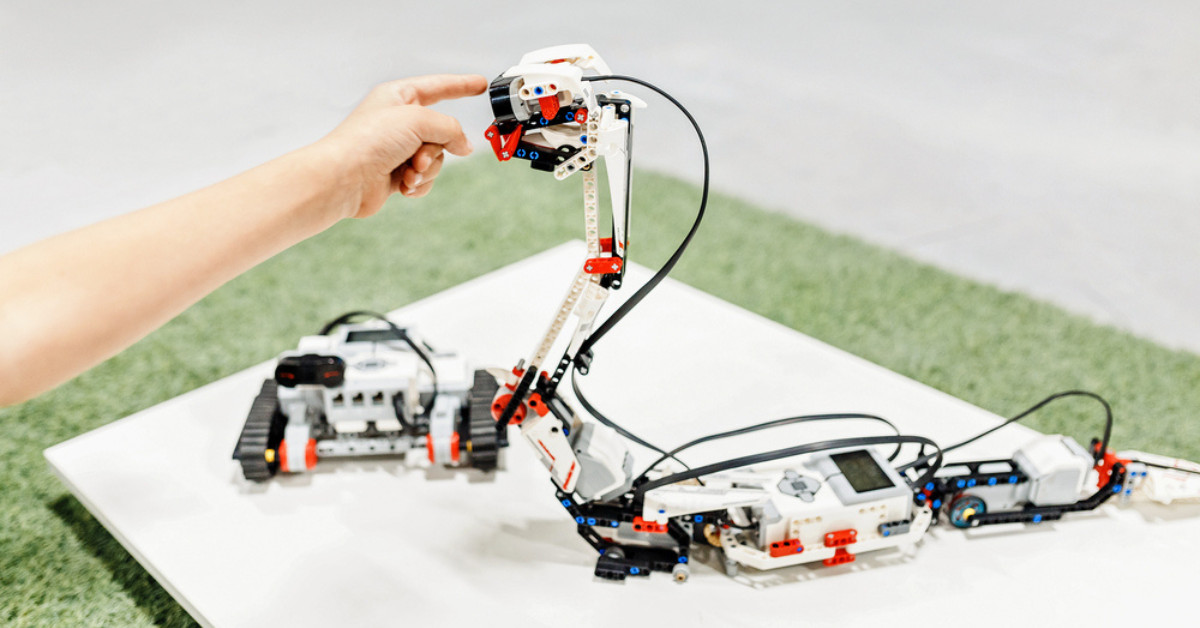In the world of technology and AI, every day is new. Over the last few years, several new concepts and technologies have appeared. One of the recent additions is the Snake robots. The names snakebots and robotic snakes also know them. These innovative machines have a unique design that mimics the flexibility and movement of real snakes. Such a design close to the snakes’ natural movements helps them move through the narrowest spaces and the most challenging terrains that end up using these in different fields.
How Do Snake Robots Work?
The snake robots comprise multiple segments connected in a series. It gives them a high degree of flexibility. This structure helps them move in the following ways:
- A wave-like motion called lateral undulation can make them move around on flat surfaces.
- Aidewinding is another movement that is meant for slippery and soft surfaces.
- Concertina motion helps the snake inch forward in confined spaces. In this motion, the snake anchors and extends its body alternately.
Advanced snake robots use sensors and actuators to perceive the environment and adjust their movements accordingly. Integrating artificial intelligence within these movements enhances their ability to make autonomous navigation decisions.
Applications of Snake Robots
The snake robots are being used in the following areas:
Search and Rescue:
Snake robots can significantly help in situations like earthquakes and architectural collapses. They move through the rubble and narrow passages to help reach the trapped individuals. Their slender design and flexible structure make it easy for them to access areas that are not reachable by humans.
Medical Robotics
Miniature snake robots are playing a significant role in medical science. They are invaluable in the minimally invasive procedures. These procedures include processes like endoscopic surgeries. The snakes can move through the human body with minimal incisions. It will further reduce the recovery time and related risks.
Industrial Inspection
Several areas in industrial units are hard to access and nearly impossible to handle humanely. This is often reported in units for pipelines, nuclear plants, and complex machinery. Using robot snakes for such places ensures thorough inspection, and then there is no need for any kind of dismantling equipment. Therefore, it saves time and reduces operational downtime.
Exploration and Intelligence
Snake robot projects are a popular choice in military reconnaissance missions and space exploration. They can easily check difficult-to-handle terrains and collect all necessary information, even from the most hazardous terrains. Their usage increases mission success rates while minimizing human risk.
The Future of Robot Snakes
Ongoing research is being done to ensure that the capabilities of the robot snakes will be further upgraded in the future.
Artificial Intelligence
Integrating improved AI standards into snake robots will help them make autonomous decisions. It will further improve their adaptability in the most unpredictable environments.
Bio-Inspired Designs
Researchers constantly change the design by examining real snake patterns. A “macro-micro” design strategy is being followed to improve accuracy even in the most complex environments.
Soft Robotics
Using soft and flexible materials has further enhanced the snake robots’ flexibility. They are likely to move more fluidly and interact safely in all kinds of setups, which will be more helpful in medical applications.
Challenges and Limitations
Despite their advantages, snake robots face several challenges:
Energy Efficiency:
Prolonged operations require efficient power management to ensure sustained performance.
Control Complexity:
Coordinating multiple segments for smooth and purposeful movement demands sophisticated control algorithms.
Manufacturing Costs:
The intricate design and advanced materials used in snake robots can lead to high production costs, potentially limiting widespread adoption.
Conclusion
Snake robots represent a significant advancement in robotics, offering unparalleled flexibility and adaptability across various sectors. As research progresses, we can anticipate even more innovative applications and improvements, solidifying their role in the future of technology.


